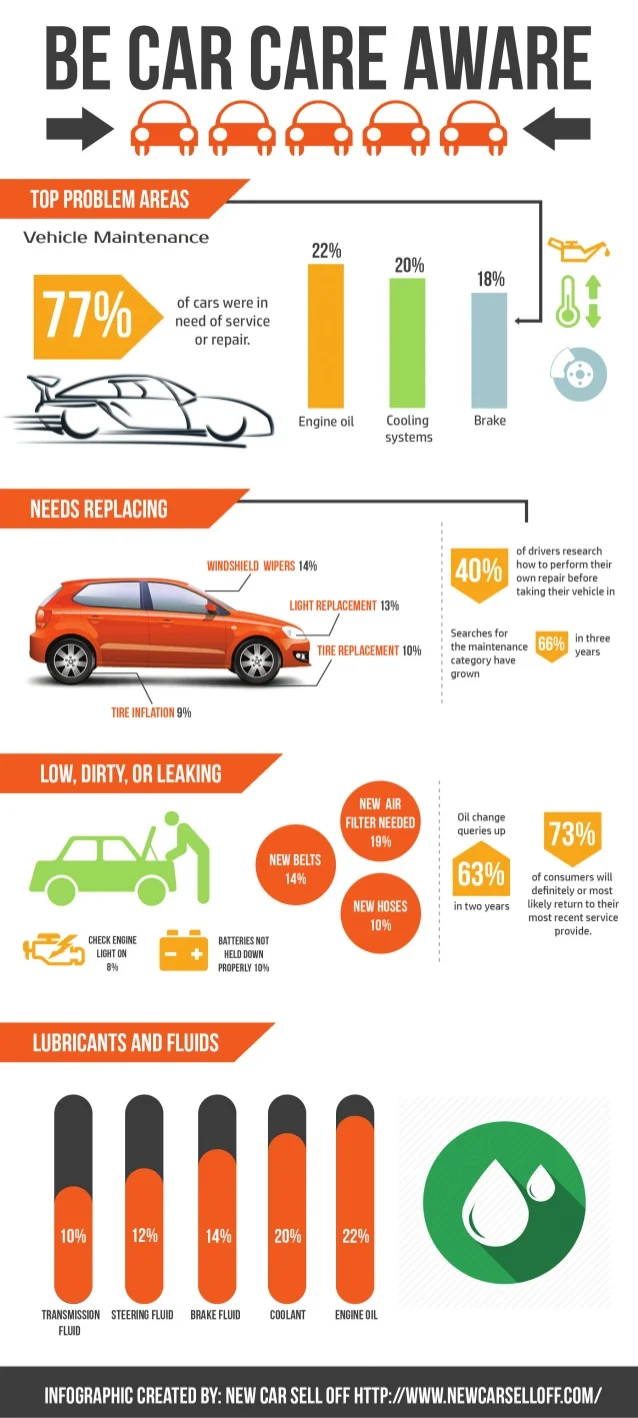Grasping The Relevance Of Your Cars And Truck'S Warning Signals: What They Actually Stand For
Grasping The Relevance Of Your Cars And Truck'S Warning Signals: What They Actually Stand For
Blog Article
Post Created By-Lim Alvarado
When you lag the wheel, those glowing caution lights on your control panel can be a bit perplexing. Do https://ecu-tuning-group40617.kylieblog.com/31715048/the-evolution-of-auto-outlining-key-patterns-and-innovations-to-display understand what they're trying to inform you regarding your cars and truck's health? Recognizing the value of these lights is essential for your safety and security and the longevity of your lorry. So, the next time one of those lights turns up, would not you want to analyze its message accurately and take the needed actions to address it?
Common Warning Lights and Interpretations
Determine typical caution lights in your cars and truck and recognize their significances to make sure safe driving.
The most common warning lights include the check engine light, which signals problems with the engine or exhausts system. If this light begins, it's essential to have your car checked immediately.
The oil pressure advising light shows low oil stress, calling for prompt interest to prevent engine damage.
A flashing battery light could recommend a malfunctioning billing system, possibly leaving you stranded if not addressed.
The tire stress monitoring system (TPMS) light alerts you to low tire pressure, influencing vehicle stability and fuel efficiency. Disregarding this could result in hazardous driving conditions.
https://landenmgavo.buyoutblog.com/31262864/captivated-by-usual-myths-regarding-car-outlining-discover-the-fact-behind-these-false-impressions-and-discover-why-specialist-detailing-is-valuable-for-all-vehicle-proprietors indicates a problem with the anti-lock stopping system, endangering your ability to stop promptly in emergencies.
Last but not least, the coolant temperature level cautioning light warns of engine getting too hot, which can cause extreme damage otherwise dealt with quickly.
Understanding these typical caution lights will aid you deal with problems promptly and maintain risk-free driving conditions.
Importance of Prompt Interest
Understanding the typical caution lights in your auto is only the very first step; the significance of immediately resolving these cautions can not be stressed sufficient to guarantee your safety and security when traveling.
When a caution light brightens on your control panel, it's your automobile's means of interacting a potential issue that requires interest. Neglecting these cautions can bring about more severe issues in the future, jeopardizing your security and possibly costing you more out of commission.
Prompt attention to warning lights can avoid breakdowns and mishaps. As an example, a blinking check engine light can suggest a misfire that, if left ignored, might trigger damage to the catalytic converter. Resolving this quickly can save you from a costly repair service.
Similarly, a brake system warning light may signal low brake fluid or worn brake pads, crucial components for your security when driving.
Do It Yourself Troubleshooting Tips
If you see a warning light on your dashboard, there are a couple of DIY repairing suggestions you can attempt before seeking expert assistance.
The first step is to consult your cars and truck's manual to comprehend what the particular warning light suggests. Often marine detailer can be as straightforward as a loose gas cap triggering the check engine light. Tightening the gas cap might settle the problem.
Another usual issue is a reduced battery, which can cause various cautioning lights. Checking the battery connections for rust and ensuring they're safe and secure could take care of the trouble.
If a warning light persists, you can try resetting it by separating the auto's battery for a few minutes and then reconnecting it. In addition, checking your lorry's liquid degrees, such as oil, coolant, and brake fluid, can aid repair cautioning lights connected to these systems.
Final thought
Finally, recognizing your cars and truck's caution lights is essential for keeping your lorry running efficiently and securely. By promptly resolving these notifies and knowing what they mean, you can prevent pricey repair services and potential malfunctions.
Bear in mind to consult your car's manual for certain details on each warning light and take action as necessary to guarantee a hassle-free driving experience.
Remain educated, remain secure when driving!
